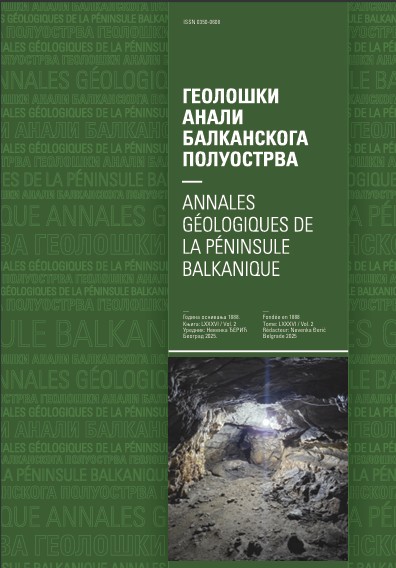Palaeoflora of Kamenica (Pranjani Basin, western Serbia)
Abstract
Palaeofloras of the Paleogene in Serbia are relatively rare, especially in comparison with floras from Neogene sediments. Most Paleogene phytoassociations from the territory of Serbia existed in a dry and warm climate. The youngest Paleogene phytoassociation originates from the Pranjani Basin (Western Serbia), locality Kamenica. The age of this palaeoflora is determined as Late Oligocene. This fossil plant assemblage is different from other Paleogene phytoassociations. The palaeoflora from Kamenica is characterized with leaf imprints larger than in other Paleogene fossil floras. Furthermore, it differs in taxonomical composition. The prevailing forms are conifers and representatives of broad-leaved evergreen forests. In other Paleogene phytoassociations, elements of broad-leaved evergreen forests are extremely rare. The dominating elements in the palaeoflora of Kamenica are the conifers, especially Glyptostrobus, Pinus, Sequoia and Tetraclinis. The representatives of the broad-leaved evergreen forests are Laurus, Magnolia, “Quercus”, etc.
Copyright (c) 2019 Geološki anali Balkanskoga poluostrva

This work is licensed under a Creative Commons Attribution 4.0 International License.










